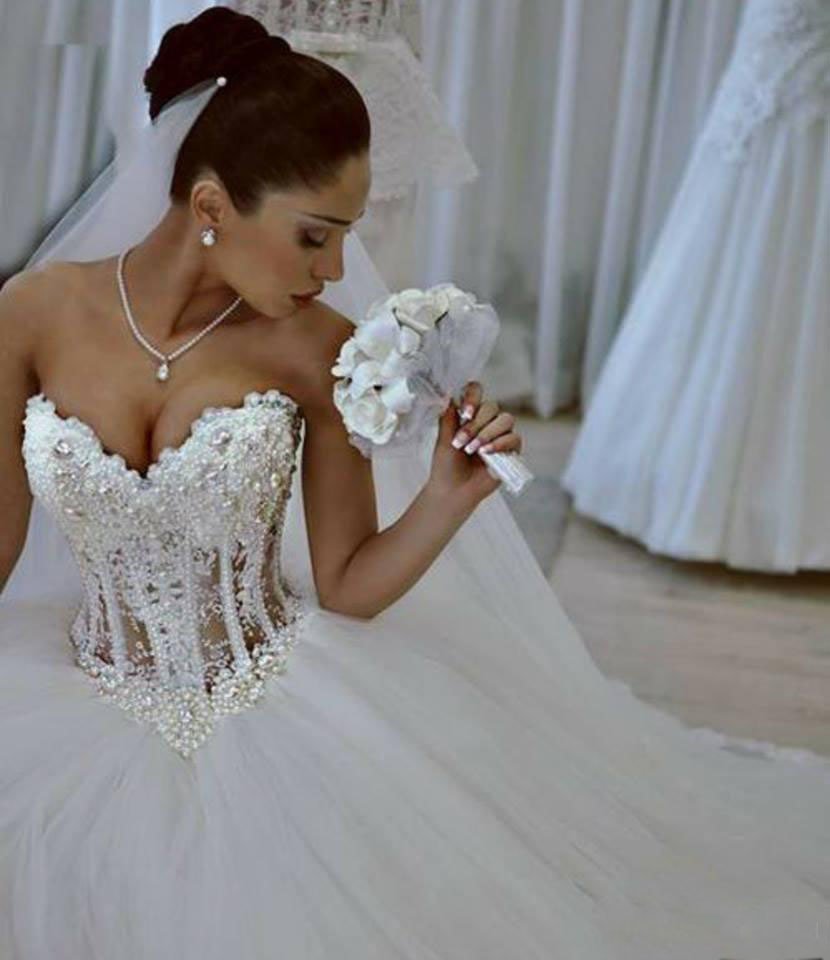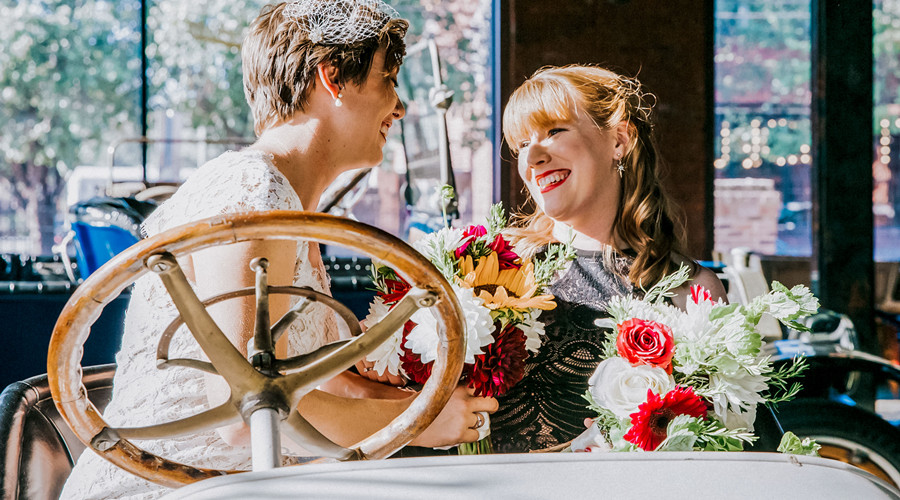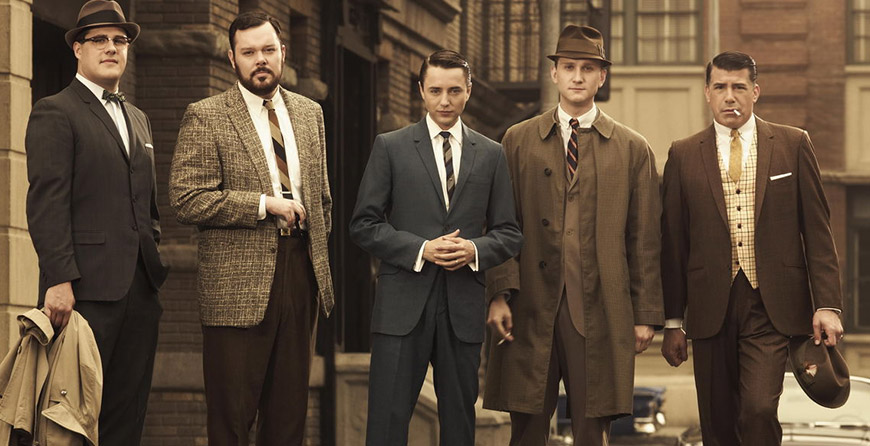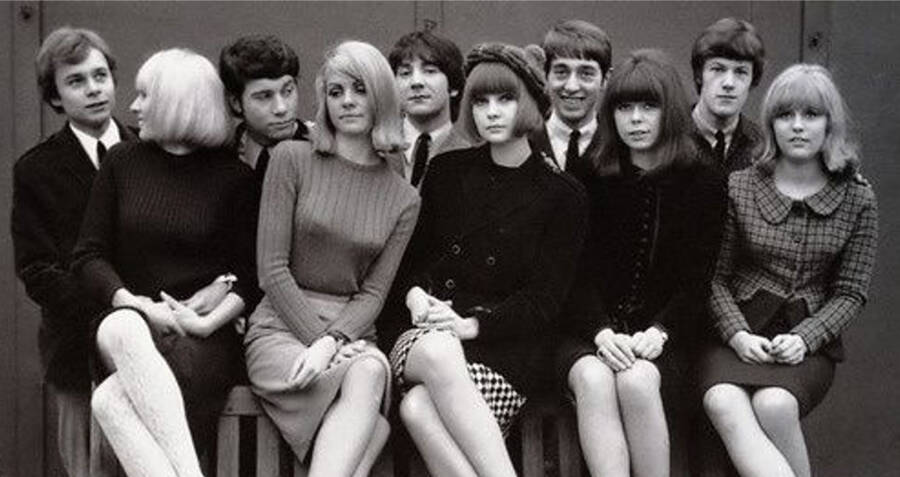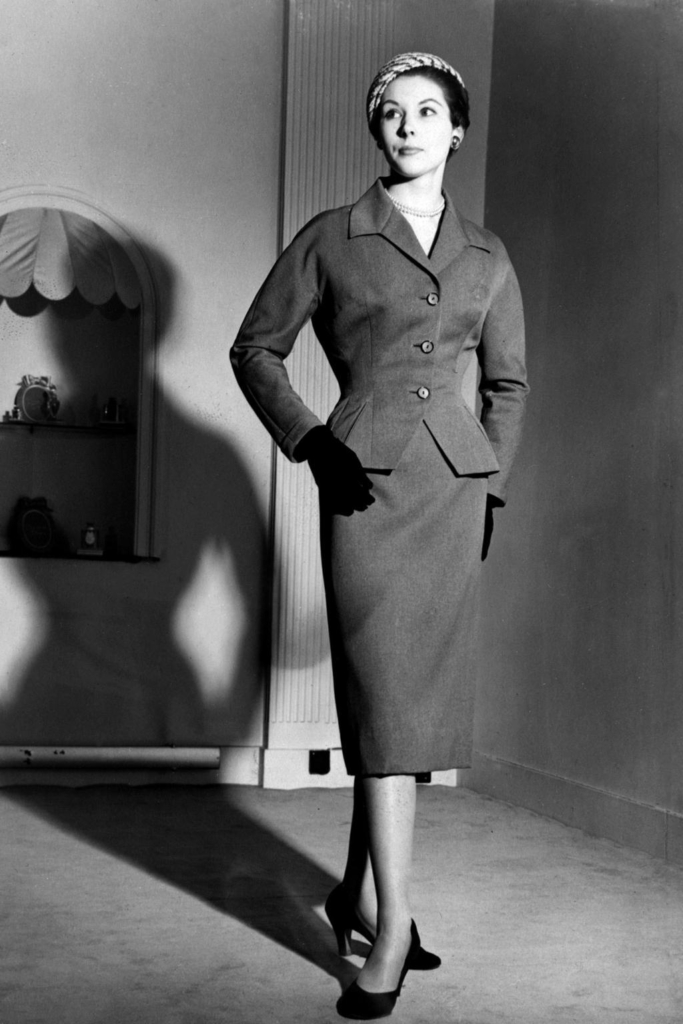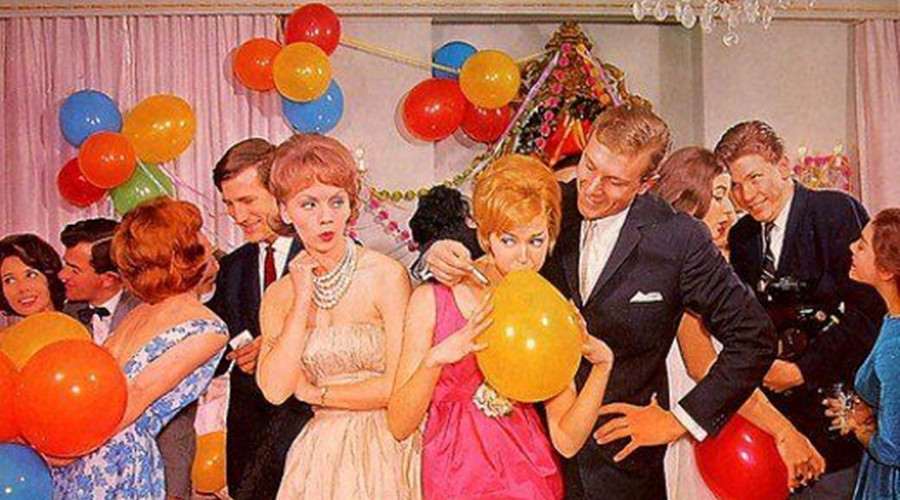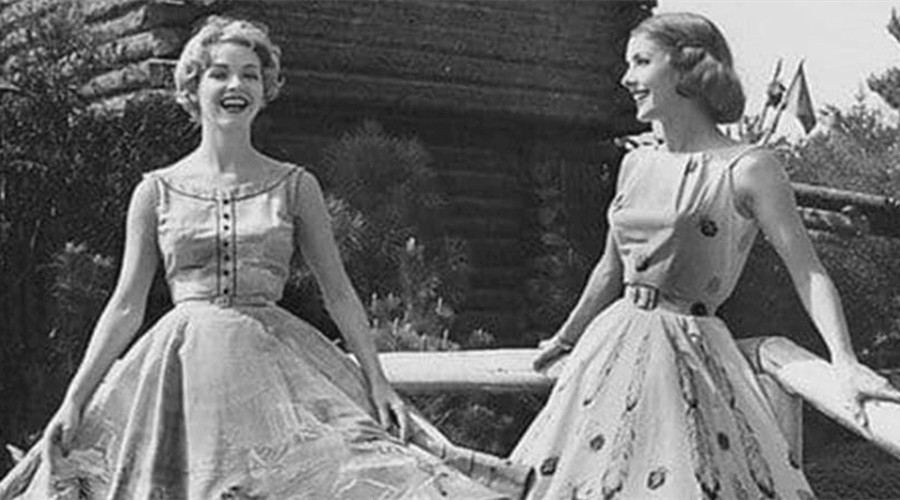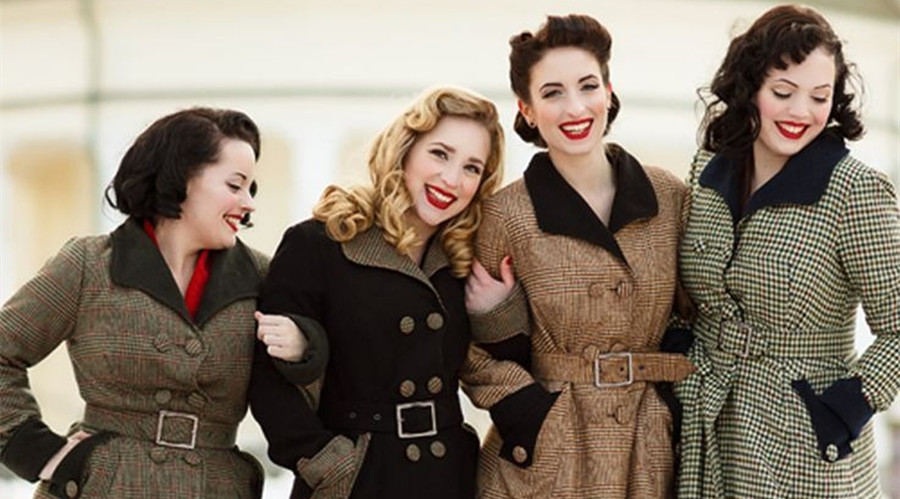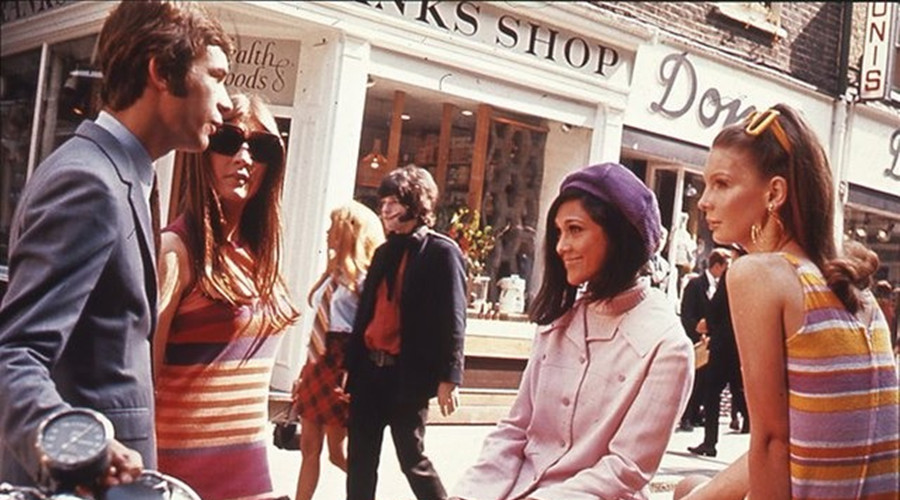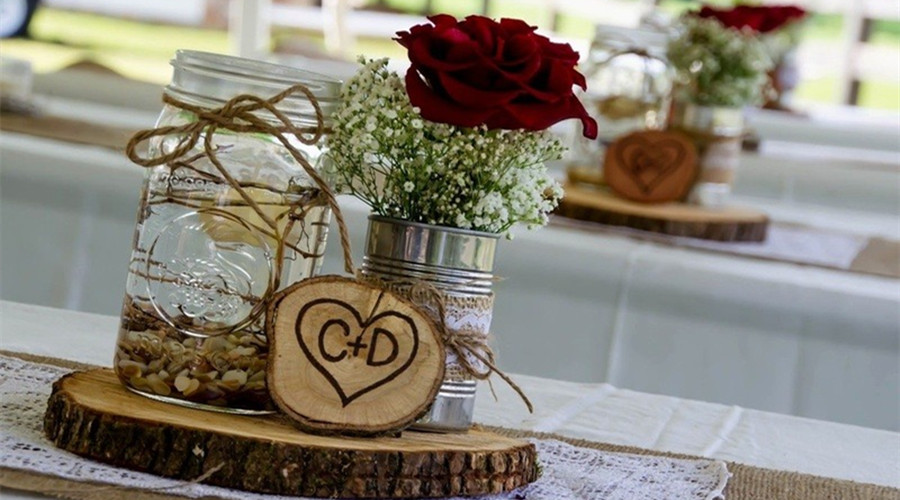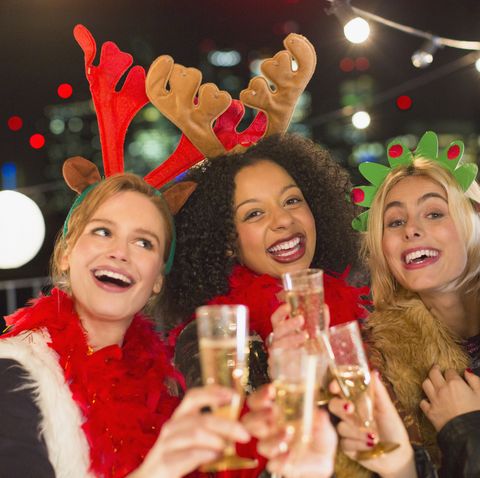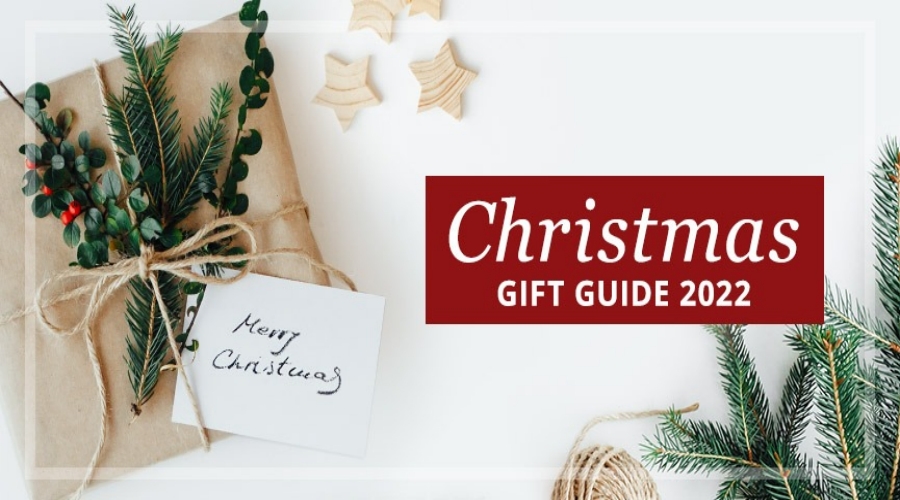The Impacts of Vintage Fashion on Outfit Ideas
Looking back on the fashion of the previous decades is one way a lot of individuals gain inspiration for the present. Vintage fashion has influenced what people wear over the past couple of years and is still doing so today.
Vintage dresses often times have a way of depicting a personal style while paying homage to the decade they were from. They come in a variety of patterns and silhouettes depending on what decade they’re from and they have a way of giving the wearer a timeless appearance.
Your selection of vintage wedding dresses would portray your personal appeal and interests as a person. And as fashion would have it, whatever appeals to you was most probably
a trend in one decade or another.
A lover of fancy glamorous looks has the 20s fashion to look back to, a lover of simple tea-length playful styles has the 40s and 50s, lovers of disco and glitters can look back at the 80s for inspiration.
Going vintage for your wedding dress and accessories is one way of wearing an affordable and unique style that ought to depict the personality in you that appeals the most to your partner.
Different Vintage Style Wedding Dresses
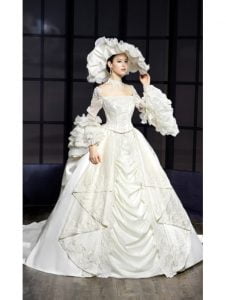
For the best vintage-style wedding dresses, we’ll be looking at dresses with Victorian-style, Wartime fashion, Classic styles, Princess styles, and Mod style dresses.
– Victorian-style dresses
These are dresses that have their origin from the Victorian era. That’s from the 1850s to 1890s. During this era, Queen Victoria of England was the ruler. She portrayed femininity as the first person to wear a white wedding dress in 1840 when she married her first cousin, Prince Albert.
The Victorian-style dress is perfect for the bride who wishes to portray a romantic and ravishing style. The typical Victorian-style dress had a tight bodice emphasizing the hourglass silhouette.
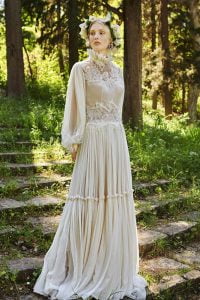
However, in modern times you will not need to bother about wearing a back-breaking bodice for a perfect fitting. Getting a perfect fit dress is good enough to provide this figure.
The Victorian-style wedding dress has a high neck as decency was a priority in these times. The high neck typically has a ruffle matching, the ruffles on the wrist of the lace sleeves. In modern times, ladies prefer fitted sleeves rather than the loose sleeves of that era.
For a dramatic effect, Victorian wedding dresses had a long/medium-length train. Styled with tulle, the dress gives the impression that the wearer has on a hoop skirt. This dress provides a dramatic appeal for the bride of the past and present. It looks grand in pictures and is timeless in its beauty.
– Wartime Dresses
These dresses were the trend of the 40s and 50s dress fashion. This was a time of constant wars in the world. Many parts of the world were recovering from the wars and wedding dresses were hardly common or affordable. Clothes, food, and gas were gotten through rationing. In modern times, this style of wedding attire is perfect for a bride who has a phobia of dresses. A bride who hates prom dresses and has a particular taste in clothing.
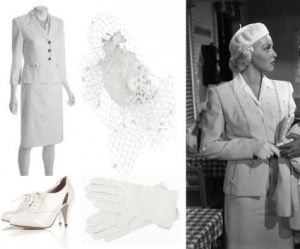
This dress is also suitable for brides who would rather spend less on their big day and either save for an amazing honeymoon or just keep their money in an investment. Rather than a wedding dress, the Wartime wedding dress was a wedding suit.
The wedding suit was convenient for wartime and it still has a part to play in the wedding fashion of the present. Typically, the wedding suit comes in white. The jacket has straight single-row buttons from the top to the bottom. The suit has two side pockets around the hips and a V opening at the bottom of the jacket.
The skirt could either be flare or straight. The majority of them are high-waisted and typically knee-length. Unlike other wedding fashion styles, this style is suitable with a simple wedding hat rather than a veil. This hat can either be in white like the entire attire or any other color that suits the bride. For an added effect, the bride could use a tiny net veil that falls slightly beneath the eyes. This wedding style is creative, affordable, and colorful if the bride permits.
– Classic Wedding dresses
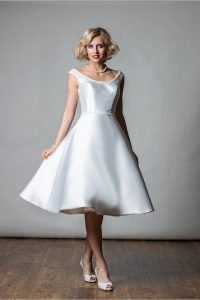 This was the classic wedding dress of the late 50s and 60s. This dress is suitable for the bride who desires a simple but well-thought-out wedding. The classic wedding dress has a short train. It is simply designed with little or no embellishments.
This was the classic wedding dress of the late 50s and 60s. This dress is suitable for the bride who desires a simple but well-thought-out wedding. The classic wedding dress has a short train. It is simply designed with little or no embellishments.
The classic dress has a simple neckline, no particular waistline, no tulle, a short train, and no special collars or sleeves were all the details of the dress. This style of dress is elegant. It portrays simplicity and poise without much effort.
– Princess Style Wedding Dresses
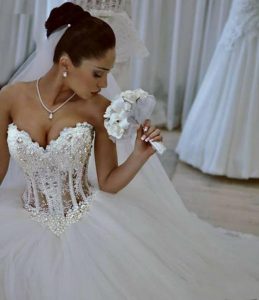
The Princess wedding dress is suitable for the bride who has always felt or wanted to feel like a princess. The Princess wedding gown draws some inspiration from the Victorian style dress, although it was a trend of the late 50s.
The princess dress is highly decorated and made to fit tightly with a corset or a bodice, although the modern bride would preferably wear a corset over a bodice. The neckline is usually a sweetheart, beneath a sheer lace. The fabric of the entire dress is usually tulle; however, it stays beneath an overflow of silk or satin, or a mixture of both.
– Mod Style Wedding dress
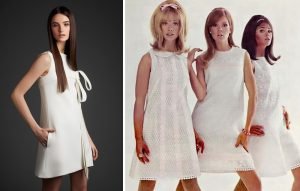 This style of wedding dress is for the creative, fun, and overactive bride. This bride would prefer to not wear a maxi dress or let the hems of her dress graze her knees. The mode dress stops at the knee or below the knee. The dress could either have a short sleeve or no sleeve at all.
This style of wedding dress is for the creative, fun, and overactive bride. This bride would prefer to not wear a maxi dress or let the hems of her dress graze her knees. The mode dress stops at the knee or below the knee. The dress could either have a short sleeve or no sleeve at all.
In most cases, this dress has a minimal flare like a simple A-cut or a free waistline depicting the 60s tent dress. Mod dresses are made to be playful and fun. The hems can either be scalloped, textured, or in faint stripes. Adorned with bows, ribbons, or any other playful detail, mod dresses are made for a bride who seeks to be independent on her big day, able to wear her dress by herself.

